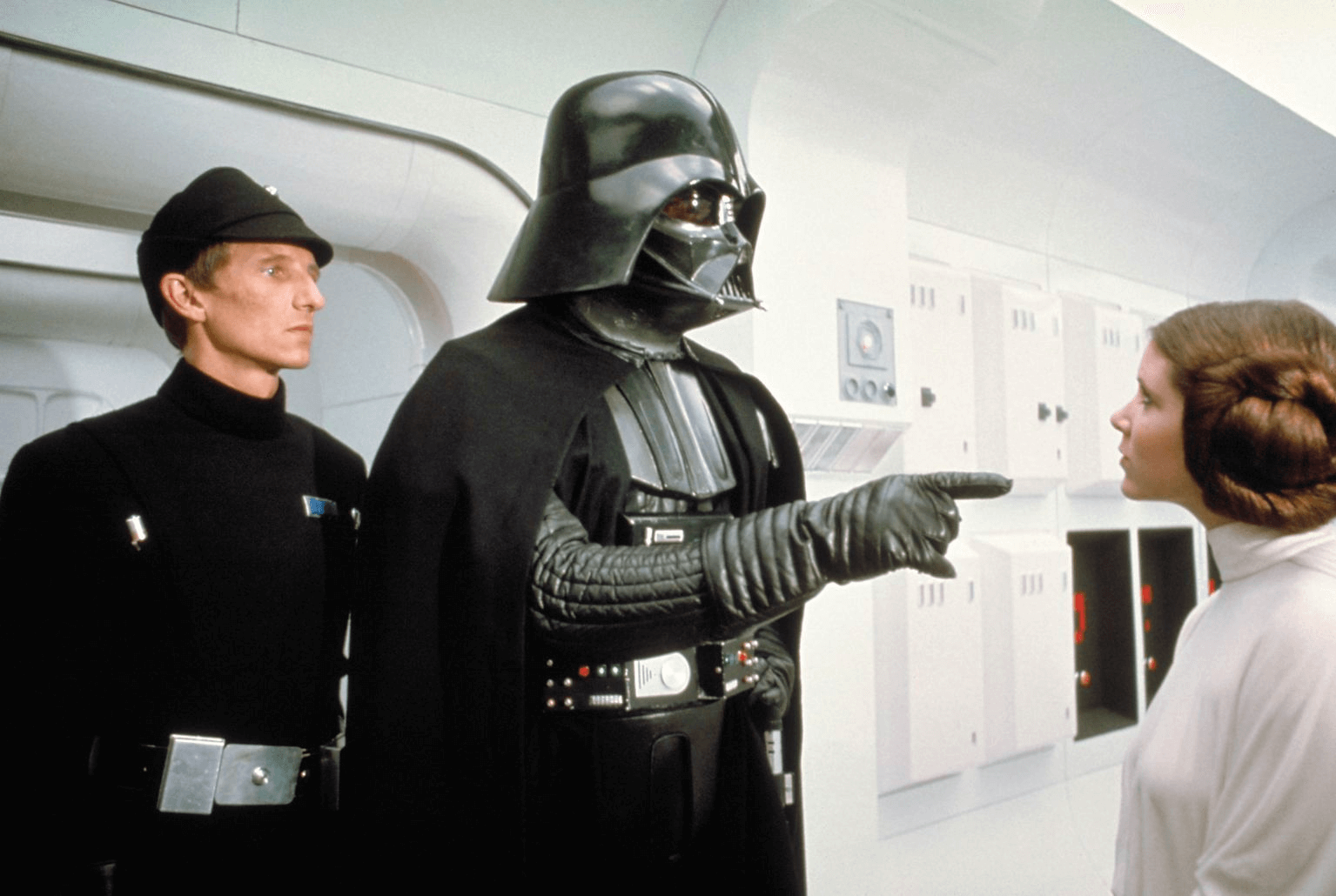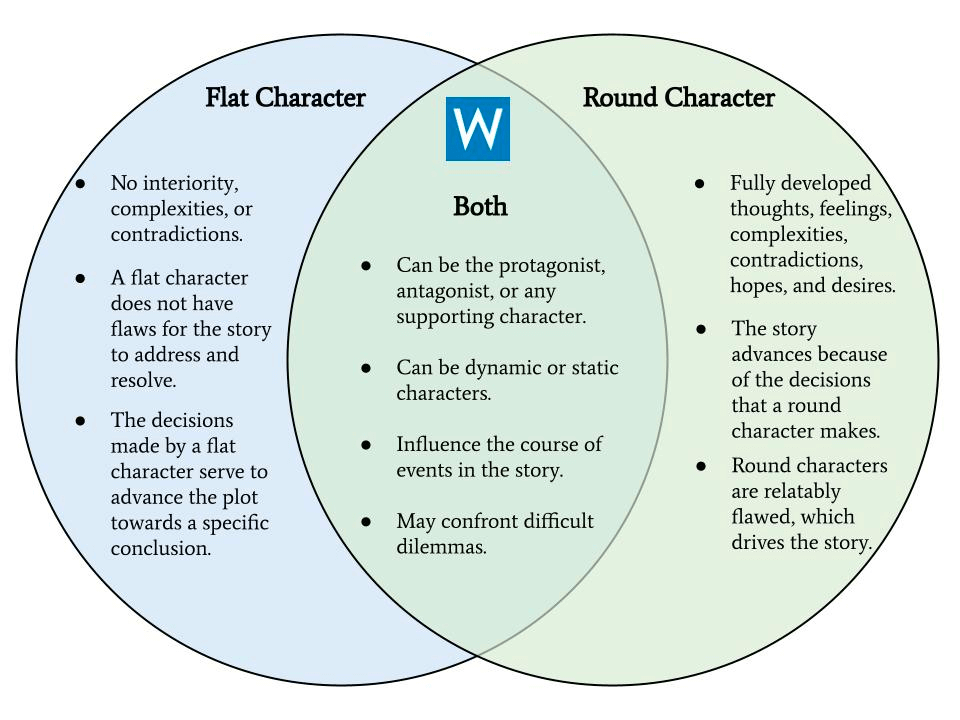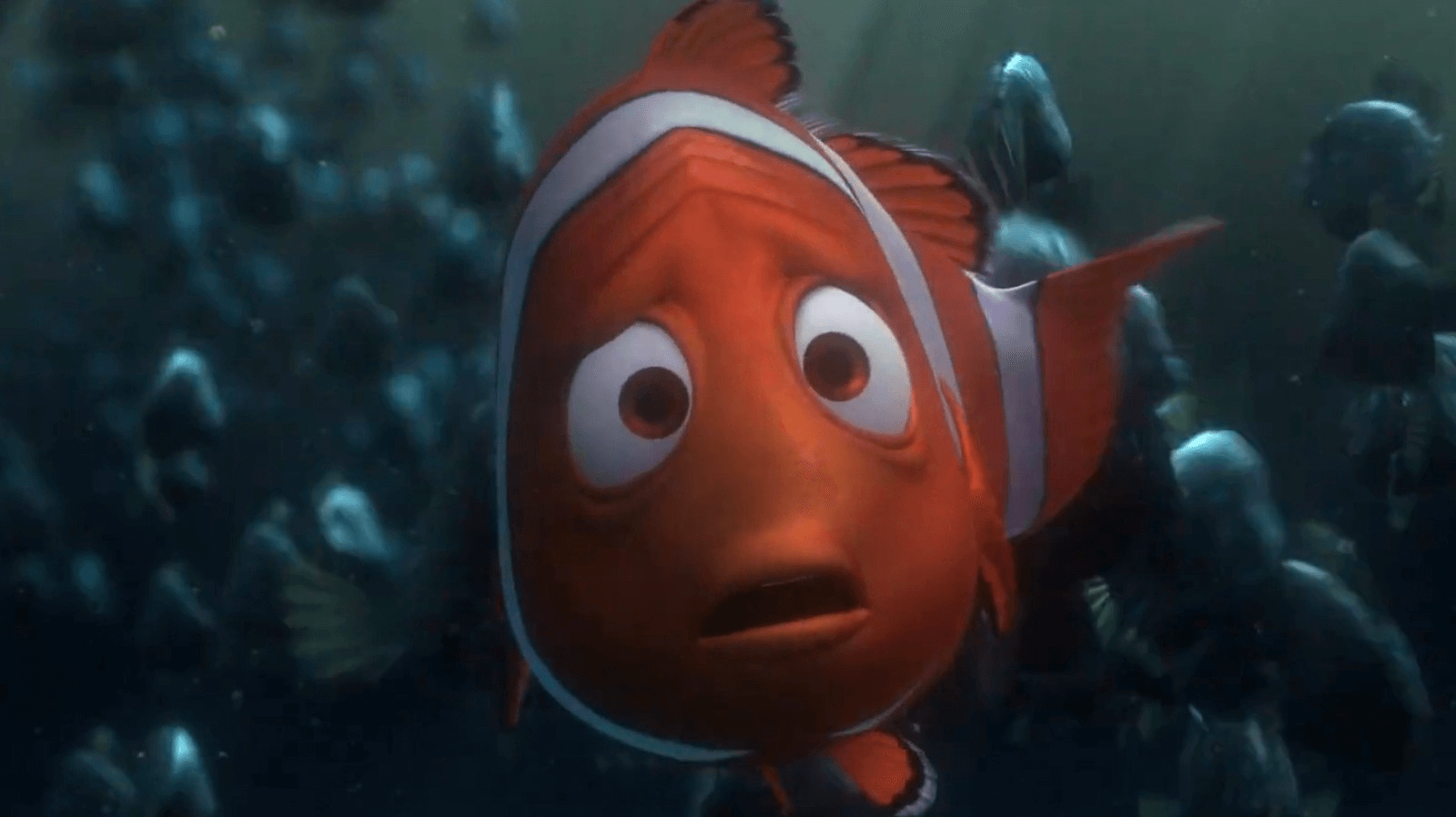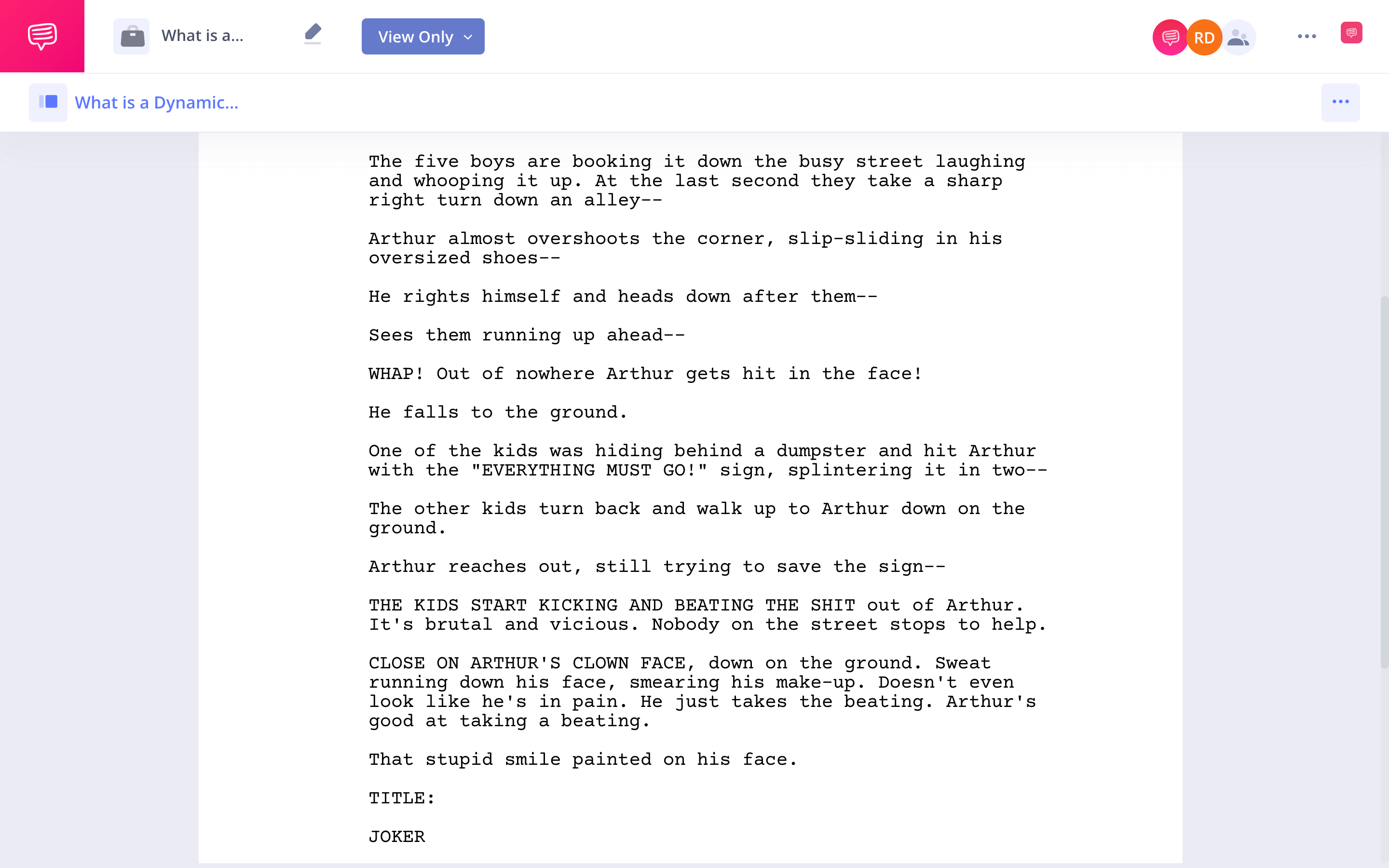What is a dynamic character? An essential player in storytelling, a dynamic character might learn a lesson, go from good to bad, or bad to good. These are some of our favorite protagonists, from Walter White in Breaking Bad to Dorothy Gale in The Wizard of Oz to Ebeneezer Scrooge in A Christmas Carol. There can be more than one dynamic character in a story, and how they play off of one another is part of what helps them develop. In order to write compelling dynamic characters, you need to know what they are and what they aren’t. Let’s dig into dynamic characters.
What is a Dynamic Character?
First, let’s define dynamic characters
It’s easy to confuse round and dynamic characters, because many round characters are also dynamic (but not all). We might often think that merely because a character is lively or high energy or has a strong personality, they’re “dynamic.” But that is not always the case.
Let’s get clear on what is a dynamic character.
DYNAMIC CHARACTER DEFINITION
What is a Dynamic Character?
A dynamic character is a character who undergoes some kind of major change over the course of a story. You can think of dynamic characters as round characters who “move.” A shared trait of all dynamic characters is that they undergo some kind of “change in identity” or personality transformation in response to plot developments.
Dynamic Character Examples:
- Peggy Olsen in Mad Men
- Anakin Skywalker from Star Wars
- Claire Underwood from House of Cards
Now that we’ve answered the question, “What does dynamic character mean,” let’s look at what differentiates them from static characters.
Static vs Dynamic Characters
Character Types: Dynamic or Static?
The dynamic character definition is that they change over the course of a story, whereas the essential nature of a static character remains unchanged.
Let’s compare Darth Vader between A New Hope and Return of the Jedi. In the first film, Vader is a static character. He begins as an evil antagonist, and he ends as an evil antagonist.

What does dynamic character mean?
But in Return of the Jedi, Vader is much more complex. Though he begins as the big bad, by the end of the film he has changed into a man who repents his sins, and who dies an ally of the Force.
In order to keep all these character types straight, you can think of round or flat characters as the “primary” character types, who they are at their core. Meanwhile, dynamic and static are descriptors of whether those character types “move.” Do they evolve or stay the same over the course of the narrative?
Static vs dynamic characters
Beware of confusing static characters with flat characters, however. It is possible for a very compelling, round character, full of layers and complexity that deepens over time, to also be static.
Is dynamic a character trait?
Dynamic vs. round characters
Reading the dynamic character definition, you may be wondering how it’s different from a round character. Merely being interesting and layered does not make a character dynamic; these are actually qualities of all round characters, some of whom can be dynamic, and some static.
Check out this infographic that lays out where they're similar or not.

Flat vs round characters
The change that a character undergoes is not the same as the environment around them changing; a character becomes dynamic when they respond to their circumstances by going through an internal change.
A key part of making a round character dynamic is to think about their motivations, how they respond to their environment, and how changes in the plot impact their actions.
Let’s look at Marlin from Finding Nemo as an example of a character who is both round and dynamic. Marlin is certainly a layered and complex individual — he is motivated by tragedy in his life, and is unable to let his son take risks not because he doesn’t love him, but because he loves him too much.

Marlin makes a big change
And yet Marlin is also dynamic because by the end of the film, he has learned that avoiding all risks isn’t the way to raise a kid. He needs to let Nemo make mistakes, and be there to help out when things don’t go according to plan. Marlin’s dynamic arc is part of what makes Finding Nemo one of the best Pixar movies of all time.
StudioBinder’s video on “The Leader” character type might make you think about how many of your favorite characters who drive stories are dynamic. But just remember, they are dynamic not because of something innate in their personality, but because of how they change with the plot:
What is a dynamic character? • Subscribe on YouTube
Just as a dynamic character doesn’t need to be round, they also don’t need to be heroic, as we'll explore in the next section.
Dynamic Character Types
Not always the good guys
Though we often think of this type of character evolution as being progress and gaining wisdom, that is not always the case.
Sometimes the most compelling characters are the ones who lose sight of their humanity, betray others, or respond to the story’s events in a way that makes them unravel. Their downward spiral is what makes us enthralled.
There are plenty of these types of dynamic character examples. Think of Walter White, or Arthur Fleck in Joker. Both of these men just get worse and worse.
Even from the beginning, it’s clear the trajectory Arthur is on in Joker. Take a look at this early scene, which we’ve imported into StudioBinder’s screenwriting software:
The Joker screenplay
This scene perfectly encapsulates why Arthur becomes the Joker: his dead-end life leads him to a nihilistic attitude.
Writers Todd Phillips and Scott Silver emphasize this trajectory in the action lines. Arthur has become accustomed to a constant barrage of persecution, and he’s slowly becoming embittered.
Take the last line, which is pretty much written from his perspective: “That stupid smile painted on his face.” Chilling stuff, and great fodder for the arc on which Arthur embarks.
Check out our video on character types, part of our TV Writing & Development masterclass, to inspire your character development:
Character Archetypes in TV • Subscribe on YouTube
Remember: nowhere in the dynamic character definition does it say a character needs to become a better person.
Writing Dynamic Characters
How to Develop a Dynamic Character
Really digging into the characters in your story can be a significant part of developing a good plot. The trials and tests of a character can shape a narrative, while they are also shaped by outside events.
You can use StudioBinder’s screenwriting tools to help develop your characters, and more. Here are some ideas for starting points on writing dynamic characters.
Outline the Facts
List a character’s personality traits, where they come from, their family of origin – anything that helps define their basic nature. It may sound clinical to make a list, but defining these features with character sketches can help you write within cohesive perimeters.
You may start with a shy wallflower teenage girl, who, due to some instigating event, becomes a rebel (think Sandy in Grease). Mapping out her values and how she thinks and feels in the beginning of the story will help shape why she might change in response to a plot development (say, the reappearance of a handsome John Travolta type).
What are their flaws and weaknesses? These are often the traits that continue to show up in a variety of situations, foreshadowing how a character’s basic nature is going to get them into some kind of trouble.
Consider the Small Things
Expand on who the character is by thinking about their preferences, neuroses, and inclinations. A character is more believable and relatable if they obsess about cleanliness, always go to the same coffee shop each morning, or have to be out in the garage working on cars all the time, for example.
Add Conflict
Give your character something to “work against.” Whether it is a villain, remorse about their history, or something as intangible as the natural world (an indifferent, cruel snowstorm, perhaps), conflicts are a great way to build towards your character’s transformation.
But keep in mind that having an adversary isn’t necessarily a keystone of a dynamic character (Harry Potter is a great example of a round, static character facing a powerful enemy).

A round character
Do the Unexpected
Consider turning your character upside down. Make them an active agent of change if they might be stereotyped as passive and a victim of circumstance.
Or, conversely, take someone who seems tough and invulnerable down to a crying mess due to events outside their control. Play with the possibilities.
Identify the Last Straw
Think about breaking points. Some characters remain stubborn and unyielding in their personality (in other words, they are static characters) until or unless something comes along that forces them into an unwanted change.
Up Next
Round vs. Flat Characters
In the same way that round characters are often confused with dynamic characters, flat and static characters are easily mixed up. Now that you know the dynamic character definition, get a more in depth breakdown of the difference between round versus flat characters, see our related post, “What is a Round vs. Flat Character.”

